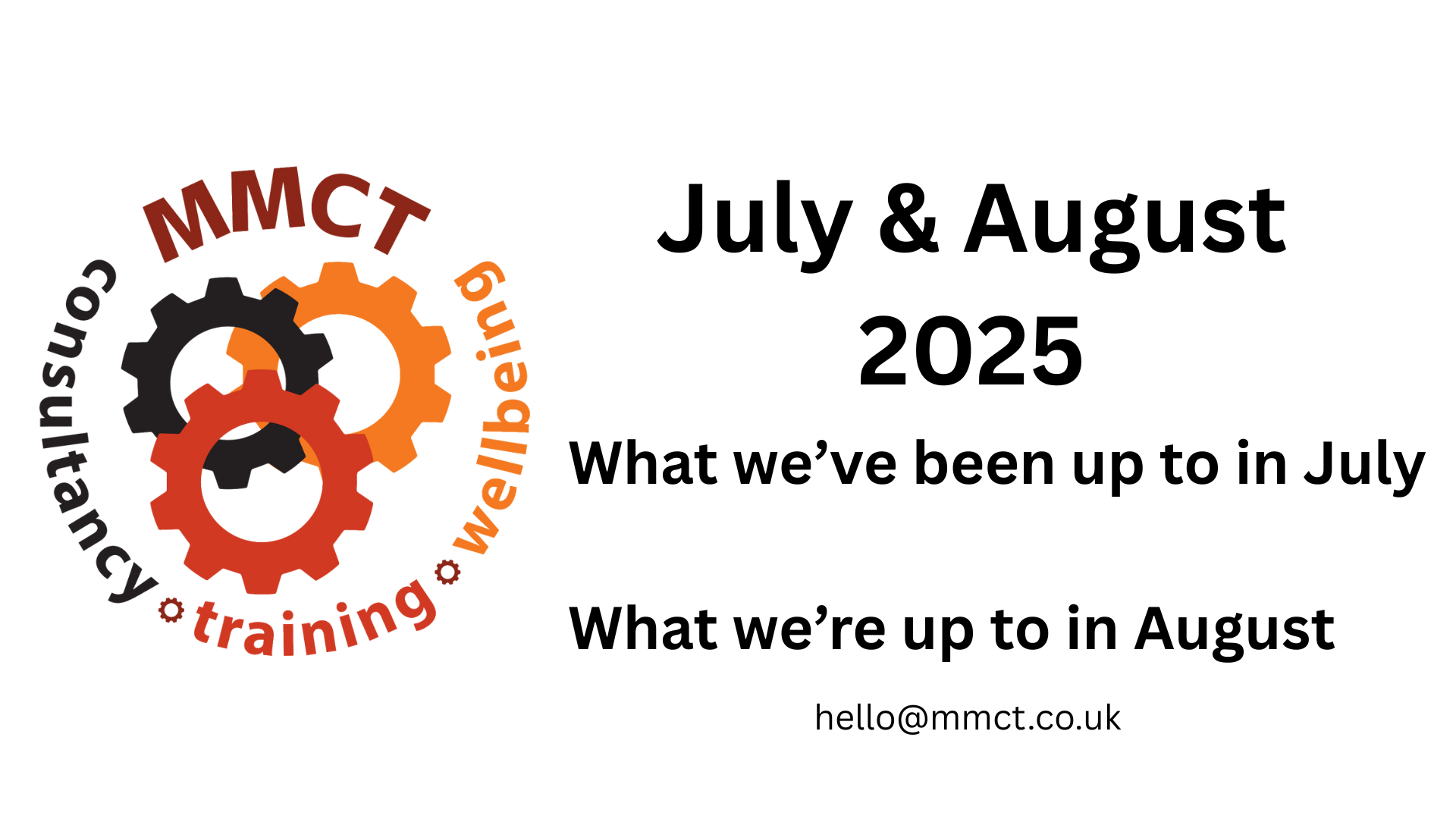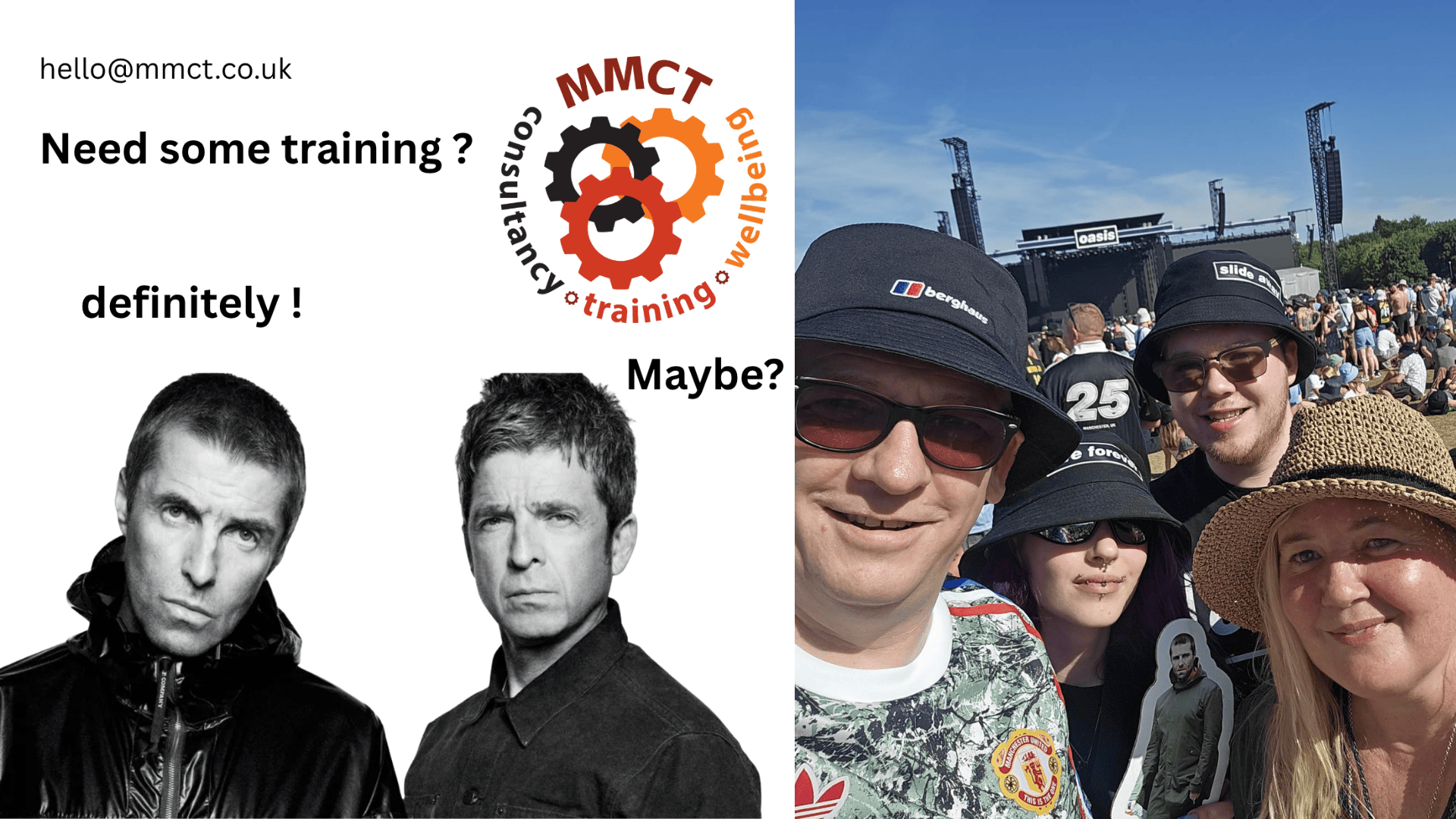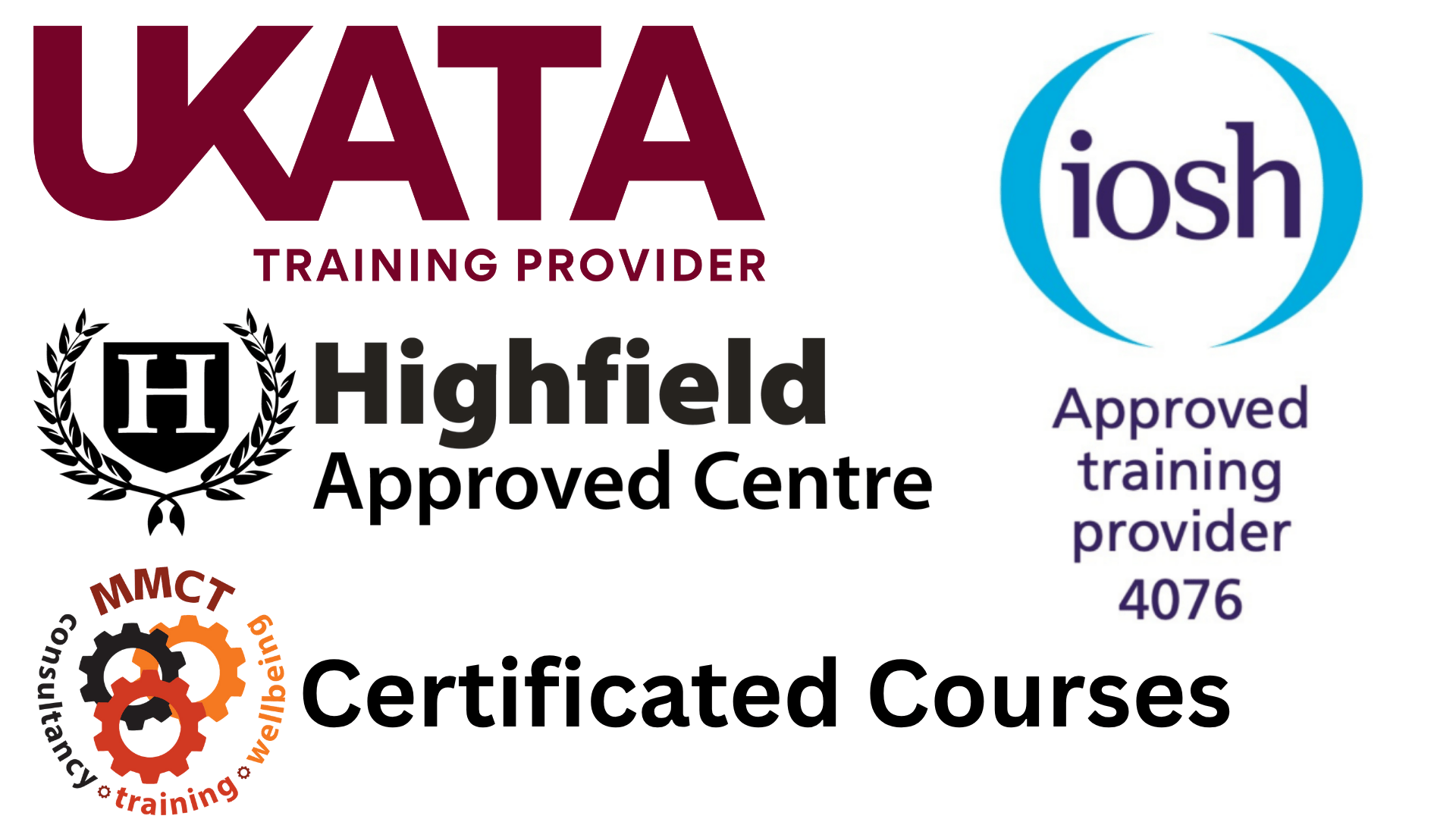
With the release of the 2025 work-related fatal injury figures this week, it's becoming increasingly clear that a troubling trend is being overlooked. While much attention is rightly placed on younger workers, who benefit from modern safety practices, the reality paints a stark contrast:
The majority of fatal injuries are actually occurring among older workers.
The Health & Safety Executive's latest report reveals a startling statistic: despite comprising only 12% of the workforce, workers aged 60 and above accounted for approximately 40% of fatal injuries in 2024/25. This demographic disparity underscores a critical issue that demands our immediate attention.
Fig 1: Fatal Injury Rate per 100,000 Workers by Age Group (Average 2020/21–2024/25)

Expanding our analysis further, the data shows a significant disparity in fatal injury rates between younger workers (aged 16-54) and their older counterparts (aged 55-65+). The rates spike dramatically within the older age group, highlighting a pressing need for targeted interventions and support.
Behind these figures lie real lives lost. In 2023/24 alone, 66 workers aged 55-65+ tragically lost their lives compared to 68 younger workers aged 16-54, despite the latter group spanning a much larger age range.
Fig 2: Number of fatal injuries by age group, 2024/25

What drives this disparity among our more experienced workforce?
It's not a matter of unwillingness to adapt or learn new practices.
From my two decades in the training industry, I've observed a shared commitment among workers of all ages to return home safely. The challenge lies in reconciling decades of experience with evolving safety standards.
The health and safety revolution, initiated over 50 years ago, continues to reshape our workplaces. While younger workers have embraced these changes, our older colleagues often lack the necessary training and support to navigate this new landscape effectively.
The positive takeaway from these reports is clear: younger generations are leading the charge in workplace safety advocacy. They set a standard that we must strive to meet for all workers, regardless of age or experience. It's imperative that we equip our older workforce with the tools and knowledge they need to work safely under these new paradigms.
Let's honour the contributions of our more experienced workers by ensuring they receive the support and training necessary to thrive in today's safety-conscious environment. Together, we can bridge this generational gap in safety and ensure that every worker returns home safely, every day.
Mike Manning 16th July 2025

Hello.
WOW !
July - what an amazing month to be a business in Manchester. With our offices based in Bury and living just a short walk from Heaton Park. This month has really only ever been about one thing.
An event that absolutely lived up to the hype, and you're right, we're not talking about the fantastic training courses that we have run throughout July.
The OASIS effect has been ever present around us and we have lapped up the atmosphere, enjoyed the TikTok video's, laughed at the memes, felt nostalgic for our youth, been blown away by the multi generational appeal, swooned over the statement bucket hat, listened to everyone's OASIS stories ( tall or not ) and most of all loved how everyone's marketing campaigns had a nod towards the Band, some subtle, ours obviously not.
It was a very warm day on Saturday the 12th and we definitely maybe had the hottest tickets in town.

Our musical odyssey didn't end there though..
We had a ball at this years Kendal Calling 20th Anniversary Festival, we filled our bucket with goodies and our boots with all the fantastic bands and experiences to be had in the Lakes.
This years theme was "Celebration" so Sunday's parade was full of every type of costume from Wedding Days to Day of the Dead. It was a feast for the eyes and ears with something for everyone, great music, great atmosphere and great people.
The support at Kendal Calling whether psychical or emotional is always top notch and visibly present. The First Aid tents are easy to access as are the well-being and support tents and there are so many volunteers on hand to help with everything. It makes for a really fantastic well run family event.

I think it fitting to keep the celebrate theme going for this months round up so lets concentrate on all the good things happening in the health and safety forum. We are interacting with more and more companies that are not only focusing on training their staff because they have to but because they really want to see a positive change in their business and their working culture.
Understanding the specific needs of your team is at the heart of what we do. That’s why we work closely with training managers and small businesses to ensure the courses selected truly meet your requirements in the most effective way.
While it might initially seem like a more involved or costly process, the reality is quite the opposite. In many cases, our tailored approach has actually helped our clients save money by avoiding unnecessary or ineffective training. We are in the fortunate position to be able to create bespoke training courses for our clients specific or niche requirements, so it's always good to ask us how it is that we can help.
We’re also currently supporting several customers in building their training calendars for 2026.
I know this might seem far too early for some businesses but helping them plan ahead to optimise staffing levels and balance training across the year is invaluable, as often this strategic planning ensures minimal disruption and maximum value from every session delivered.
A flexible approach to training is really important. There are going to be times when you have a deadline for industry required training that needs to be met and planning ahead for that will be essential.
If you'd like help reviewing your upcoming training needs or advice on building a smart training calendar for 2026, we would really love to help.
In the meantime here's a round up of the training we provided in July and the training taking place in August.
We have had a great mix of our bespoke courses, certificated and accredited courses running in July concurrent with the consultancy services we offer.

In July our most popular courses included
- IOSH Safety Management in the Asphalt Industry - This course was designed and written by Mike and is the only one of its like available.
- UKATA Asbestos Awareness - A really popular course which has to be renewed yearly so a good one to get booked in advance.
- Legionella Awareness - This is our own certificated course.
- Fire Marshal - Again this is our own certificated course. Our trainer's backgrounds are in emergency services. A practical course that delegates always really enjoy attending. Who doesn't love letting off a fire extinguisher !
- Sharps and Needlestick Awareness - We also offer this course as an adapted option specific to Housing Associations. We are always happy to look at how a course can be tailored to our clients specific needs.
- Highfield Emergency First Aid at Work - Certainly one of our more popular accredited courses, but we also offer a certificated version too.
- Highfield Health & Safety within a Construction Environment Level 1 - This course was delivered to a really valued client who are always on the ball when it comes to training employees.
If you would like to hear more about the courses above or others we offer we can send you our overviews upon request.
AUGUST - The month to be aware !
With August well under way we are really delivering a broad range of training courses and services and we already have Autumn in our sites, bookings for September and October are filling up, if you would like to book a Training Course or have a chat about Audits, Risk Assessments and our Consultancy Services get in touch !
August see's us delivering both the Highfield accredited Manual Handling Course and our own certificated course. Plant and Vehicle Banksman Marshall Training, Scaffold Awareness, CDM Awareness, Legionella Awareness ( definitely lots of awareness for August ) and IOSH Working & Managing Safely Courses among others.
We hope you are all having a very happy and safe summer and enjoying some fantastic well earned holidays, but if you are back in work and need some H&S advice or training please contact us anytime

This email address is being protected from spambots. You need JavaScript enabled to view it.
This email address is being protected from spambots. You need JavaScript enabled to view it.
Gail Manning 08/08/2025

Who’s Managing Your FLAME?
Whenever I run a health & safety training session, I always start with the same question:
“Why is health & safety important?”
The answers are often textbook:
-
“To keep people safe.”
-
“To prevent injury.”
-
“So people go home healthy.”
All valid. But if we are honest, often those answers are given because people think that’s what I want to hear.
That’s when I flip the conversation:
-
“Why does that matter to your employer?”
-
“Why should you care what happens to someone you barely know?”
-
“Isn’t everyone replaceable at work?”
Suddenly, the room quiets. And then the more considered (and sometimes cynical) answers begin to surface:
-
“To protect ourselves.”
-
“To avoid getting sued.”
-
“To stay out of prison.”
-
“To keep the business going.”
Now we're getting somewhere !
So let's talk about what FLAME is:

The F in FLAME: Financial
Let’s be honest.
We work to provide for our families and to live full and healthy lives outside the workplace. None of us want to sacrifice our long-term health for short-term earnings. No one’s being paid that much.
Good, practise in health & safety training and compliance helps ensure that we retire well and are able to enjoy the years we’ve worked so hard for.
As I like to say: if the lottery numbers came up tomorrow then my wife Gail and I would be touring Europe in our campervan faster than you can say arrivederci but they haven't so until we retire it's back to work !! 😊

The L in FLAME: Legal
Health & safety isn’t optional. It’s a legal requirement. We’re protecting ourselves our colleugues and our organisations from prosecution, fines, and worse. The law is clear, and the risks of non-compliance are very real.
But, we have to remember that legal compliance alone isn’t enough.

The M in FLAME: Moral
Let’s go deeper.
Why do you care if someone else goes home safe tonight?
That pause, that moment of uncertainty often reveals something important. Because the truth is, most of us do care. We have a moral compass. We believe in doing the right thing, not just because it’s the law, but because it’s human.
I try to remind people that even with the best systems, attitudes and intent in place, accidents may still happen. But here’s the real question:
On that day, will you be able to say, “It wasn’t my fault — I did everything I could”?
Or will guilt and regret linger because of an act or omission?
Our moral responsibility goes hand in hand with our duty of care

Flame Management :
FLAME stands for:
-
Financial
-
Legal
-
And
-
Moral
-
Expectations
Ask yourself:
-
What are your expectations in each of these areas?
-
Who’s managing them — for you, your team, your business?
-
And more importantly... are they being met?
Health & safety really isn’t just about ticking boxes. It’s about protecting what really matters: your freedom, your integrity, and your future.
So... who’s managing your FLAME?
For more information about your legal obligations or to book an appointment with us to discuss your health and safety needs, please feel free to contact us or message me.
Mike Manning 25/07/2025

